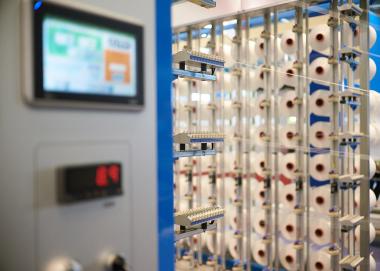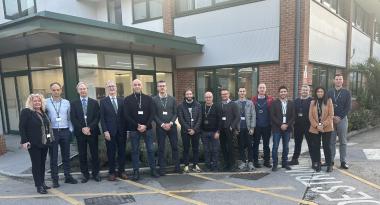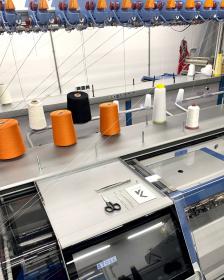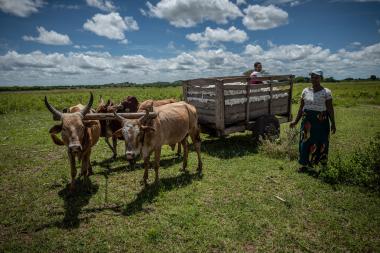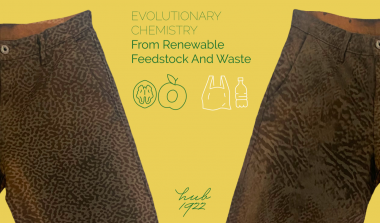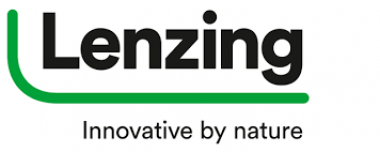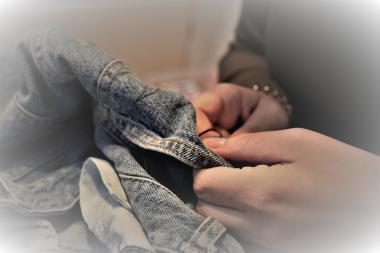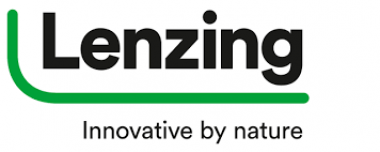KARL MAYER and Grabher: Competence platform for wearables
KARL MAYER has already produced a wide range of electrically conductive warp-knitted items for a wide variety of applications in the TEXTILE-CIRCUIT division of its TEXTILE MAKERSPACE, including a sensor shirt, a gesture control system and a conductive charging station. In order to drive the topic of wearables forward, the textile machine manufacturer has signed a cooperation agreement with the Grabher Group and delivered an MJ 52/1-S to the specialist for high-tech textiles in Lustenau. Managing Director Günter Grabher officially inaugurated the key machine for project work in the smart textiles sector in May 2023.
The machine is involved in various research projects, but is also available for new projects and tasks. The smart textiles competence team at KARL MAYER and Grabher is looking forward to supporting the ideas and work of interested parties also outside the research network with its know-how and the possibilities of the MJ 52/1-S.
The MJ 52/1 S is also an extremely flexible project machine. The 138″ model in gauge E 28 produces a wide range of warp-knitted fabrics and incorporates conductive material directly into the textile surface - exactly where it is needed and with the structure that is required. The basis for the tailor-made fiber placement is KARL MAYER's string bar technology. The system for controlling the pattern guide bars ensures a fast, established textile production process and a high degree of pattern freedom.
KARL MAYER GROUP








